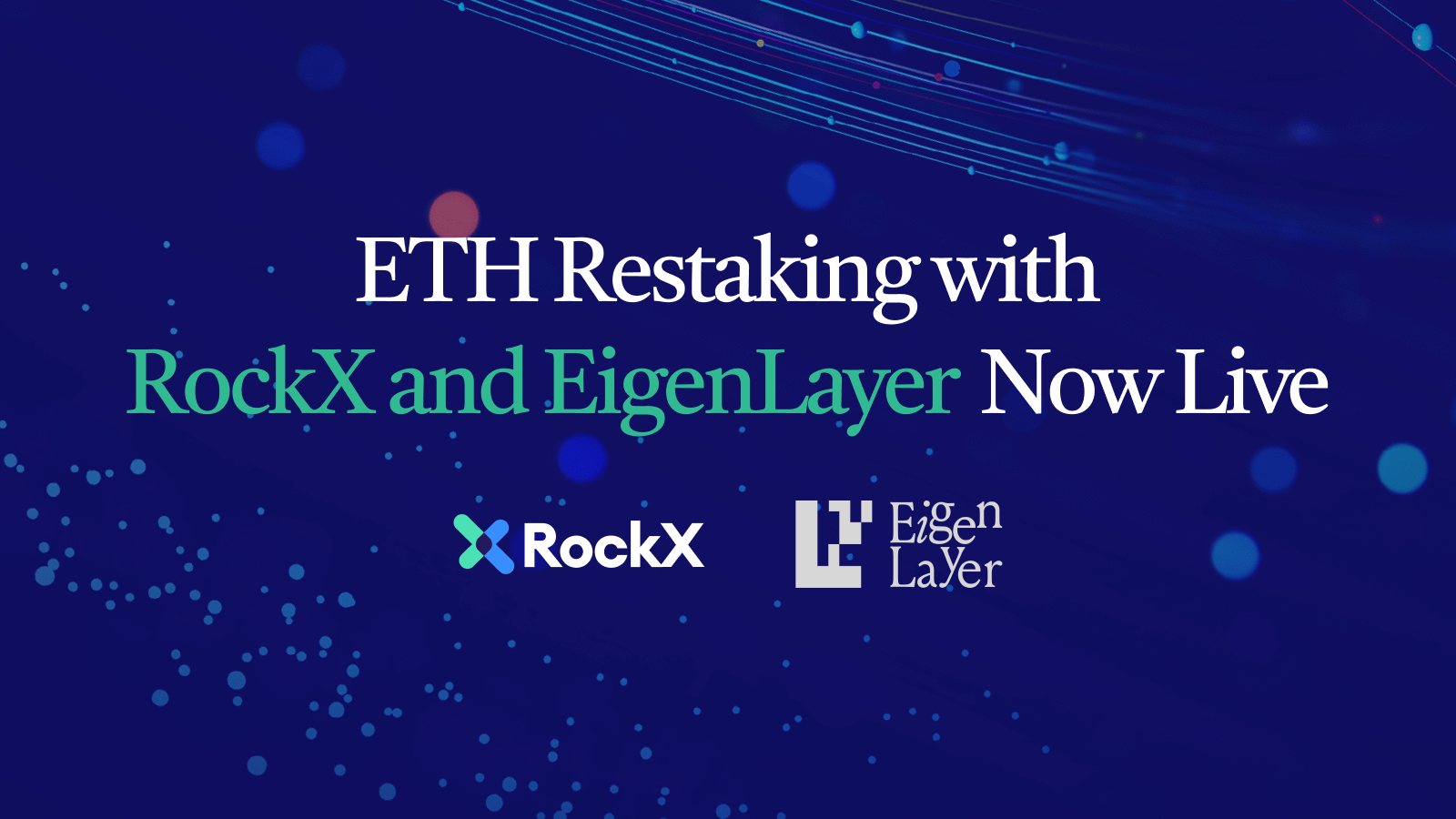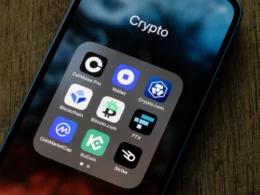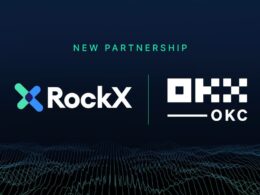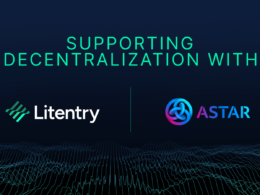The adoption of native staking by both financial institutions and individual investors has significantly influenced the crypto industry since Ethereum’s Merge in 2021. Ethereum’s total TVL now stands at $30.77 billion, with a market cap nearing $70 billion. This shift marks a pivotal change in the financial ecosystem, where cryptocurrency is increasingly recognized as a mainstream investment option.
Liquid staking tokens (LSTs) have further propelled this trend, contributing to a notable increase in Ethereum’s supply. The introduction of EigenLayer, a leading host for LSTs on the Ethereum network, is revolutionizing the concept of restaking and reshaping the landscape of decentralization, thus broadening the adoption and utilization of Ethereum.
What is Native Ethereum Restaking All About?
Restaking enables users to expand the utility of their natively staked ETH, LSTs, and ETH Liquidity Pool tokens within the EigenLayer protocol by reallocating them to other protocols built on Ethereum. These assets are lent to builders, thereby maintaining a robust and secure foundation for the network. In return, restakers receive premiums in the form of rewards, contributing to Ethereum’s overall security.
Users can enhance their yield-generating opportunities through restaking on EigenLayer, which allows them to compound returns. This approach offers compensation for risks associated with slashing and network vulnerabilities by providing heightened rewards.
Why You Should Consider Restaking
In the evolving landscape of blockchain and cryptocurrency, restaking emerges as a strategic choice for those looking to maximize their ETH holdings. It offers an opportunity to enhance the yield-generating potential of staked assets, extending beyond traditional staking mechanisms. By choosing to restake, investors not only contribute to the robustness and security of the Ethereum network but also tap into a diversified stream of rewards from various protocols.
Furthermore, restaking offers stakers capital efficiency by allowing them to use their locked assets to earn passive income and, simultaneously, deploy staking derivative capital for additional rewards. It will become a vital part of yield-generation activity.
About the Eigenlayer Protocol: Restaking ETH to Earn Rewards
EigenLayer, which is a protocol built on Ethereum, introduces a new aspect to cryptoeconomic security: restaking. This allows users to restake their ETH and extend the security contribution of their staked ETH to additional applications on the network.
The Ethereum network, facing problems such as fragmented security, costly bootstrapping security and intensive scalability, stands to benefit from the introduction of restaking. EigenLayer’s opt-in feature offers additional enforcement rights on staked ETH on restaking smart contracts, thereby enhancing security against slashing conditions and meeting the requirements of new projects such as bridges and data layers.
How Security Optimization Differs For Restaking
With pooled security and free-market governance, Ethereum’s base layer security can extend to any protocol built on it. Pooled security permits staked ETH to validate other protocols, earning rewards through an opt-in process on EigenLayer. This approach exposes users to new slashing conditions. Free-market governance enables control over pooled security consumption, allowing users to determine their preferred risk and reward parameters and select promising protocols for bootstrap support. Cryptoeconomic security consolidates and unifies moving pools of capital, establishing a more robust and secure model.
Eigenlayer Native Restaking via RockX Portal
To further facilitate adoption, RockX has seamlessly integrated native Ethereum restaking into its portal. Users can initiate restaking via the RockX Staking Portal if they already have an Eigenpod address, or they can create an EigenPod using the EigenLayer App.
The process involves account creation, accepting terms of service and privacy, creating an Eigenpod, and selecting the number of validators to set up via the RockX staking portal. Users can monitor the status of their validators on the staking portal, with the status reflecting as “active” once it clears the on-chain queue.
Restaking With RockX
RockX provides a seamless integration of native Ethereum restaking through our user-friendly portal, coupled with enterprise-grade infrastructure and staking solutions. Our staking platform is integrated with Wallet Connect, making staking easy, and is backed by strong partnerships in the industry, ensuring a secure and efficient restaking experience. With RockX, investors can confidently navigate the restaking process, benefit from the company’s extensive expertise, and be part of a growing community that’s at the forefront of blockchain innovation and security.
Besides being an operator on the EigenLayer ecosystem, RockX is also an operator of AVS (Actively Validated Services) for systems that require their own distributed validation semantics for verification. This includes sidechains, data availability layers, oracle networks and bridges. As an operator of validation services, RockX aims to deliver the best restaking experience for our users.
Visit RockX’s restaking page for detailed step by step guide to get started with ETH staking on RockX via EigenLayer.
Get Started with ETH Native Staking with RockX
RockX is continually enhancing its staking solutions to provide the best experience and benefits for stakers. This includes our Wallet Connect integration, providing support for wallet connections like Metamask and Trust Wallet; Ethereum testnets like Holesky and Sepolia, and partnerships with leading custody partners such as Amber, Cactus Custody, and Bitgo. To date, RockX has staked close to 360,000 ETH with over 11k validators, achieving a remarkable TVL of nearly $1 billion.
For a detailed guide on getting started with Eigenlayer native restaking via the RockX portal, please visit the RockX Restaking Portal.









